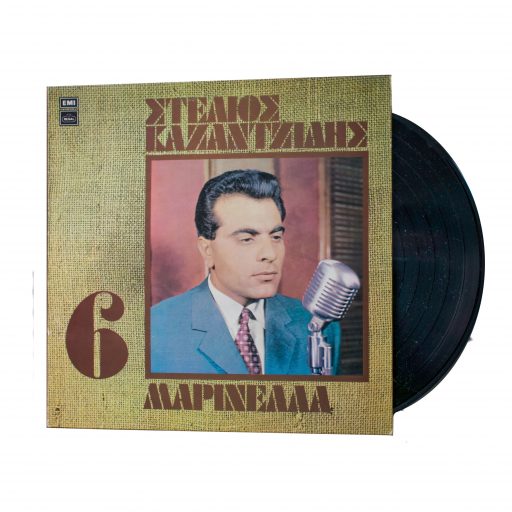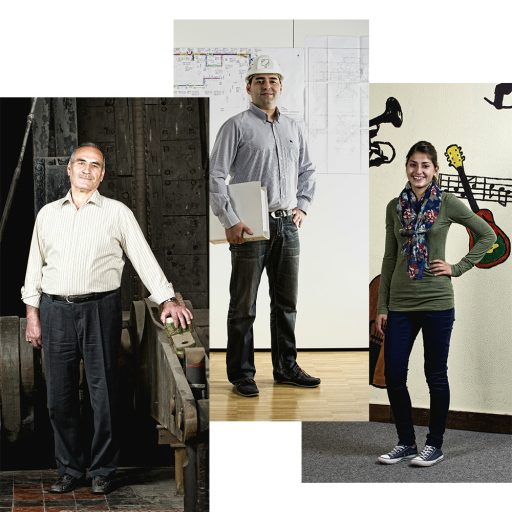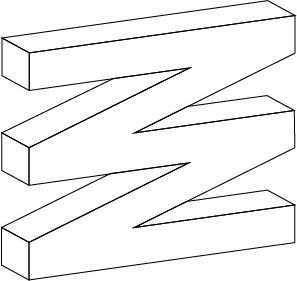About the Museum
The Virtual Migration Museum tells the story of migration in 3D. Visitors can move through a fictional urban landscape where they can enter and explore different buildings, each with a unique theme. In these buildings, the visitor can learn more about a range of topics, including work, culture and education. The stories are illustrated with items taken from the DOMiD collections. Additionally, visitors can also travel through time by switching between three different periods.
Contents of the Museum
The different exhibition areas and themes of the Virtual Migration Museum are all drawn from the DOMiD collections. Since 1990, the collection has been steadily growing and now comprises more than 150,000 testimonies on the history of migration, including letters, documents, photographs, eyewitness interviews, films, magazines, everyday objects and much more.
The Fraunhofer Institute for Computer Graphics digitalized more than 80 of these objects especially for the Virtual Migration Museum. Using technology designed specifically for the cultural sector, the objects have been transformed into 3D exhibits. Several other key items in the collection were digitally remodelled by Oneworx.

Aims of the Museum
The goal of the Virtual Migration Museum is to show how migration has shaped our history and continues to shape our society and lives together. The theme of migration is looked at from several different angles, acknowledging the different forms migration can take. The museum also aims to give people whose voices have previously been silenced the chance to contribute to a new, multi-perspective history of migration.

History of the Virtual Migration Museum
The Virtual Migration Museum is a special project of the Documentation Center and Museum of Migration in Germany (DOMiD). The project began in 2013, with a feasibility study funded by the Landschaftsverband Rhineland (LVR). The study identified the potential for a new and unique virtual museum about migration. With support from the German Federal Center for Political Education and the LVR, work to implement the project began in 2017. Since then, Oneworx has taken over the design and creation of the museum.

The museum does not claim to offer a complete history of migration. Rather, it aims to consider new or overlooked aspects of migration history. The structure of the museum means that the central themes can be adapted at any time in response to modern-day developments or new scientific findings.
Due to the way in which DOMiD’s archives have been built up over the years, some themes are more strongly represented than others. However, as the collection grows, the Virtual Migration Museum will be expanded to include more artefacts and topics. Visitors are invited to help the museum grow by contributing objects and stories of their own to the collection.
